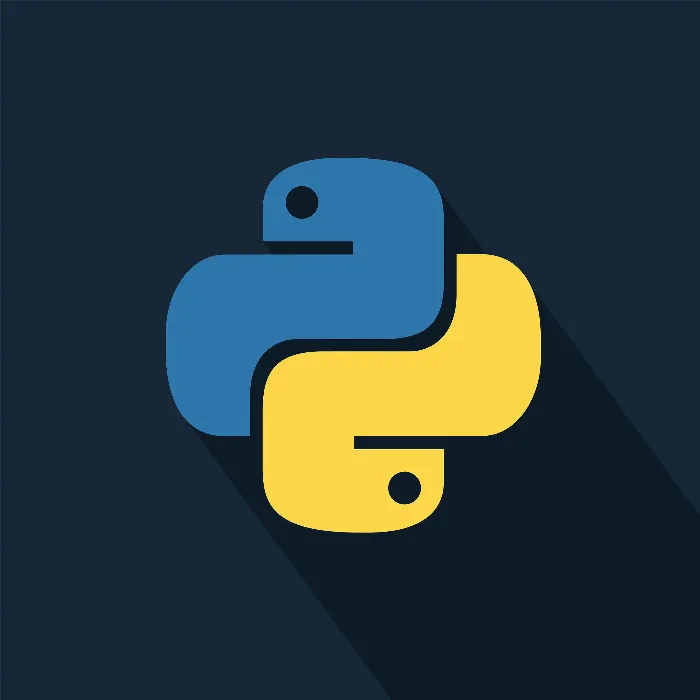A newly learned programming concept can elevate your skills to a whole new level. If you are already familiar with for loops, it's time to delve into another central building block of programming: while loops. In this guide, you will learn what while loops are, how they work, and how you can effectively use them in your Python code.
Key Takeaways
- While loops repeat the execution of a code while a specific condition is met.
- It is crucial that the loop eventually stops to avoid infinite loops.
- With break, continue, and pass, you can control the behavior of while loops.
Basics of the While Loop
The while loop is one of the fundamental types of loops in Python that allows you to execute a block of code repeatedly as long as a condition remains true. Unlike the for loop, the while loop does not repeat the execution for a fixed number of iterations, but as long as your program's logic requires it.
Syntax of the While Loop
Below, I will explain the structure of a while loop in more detail.
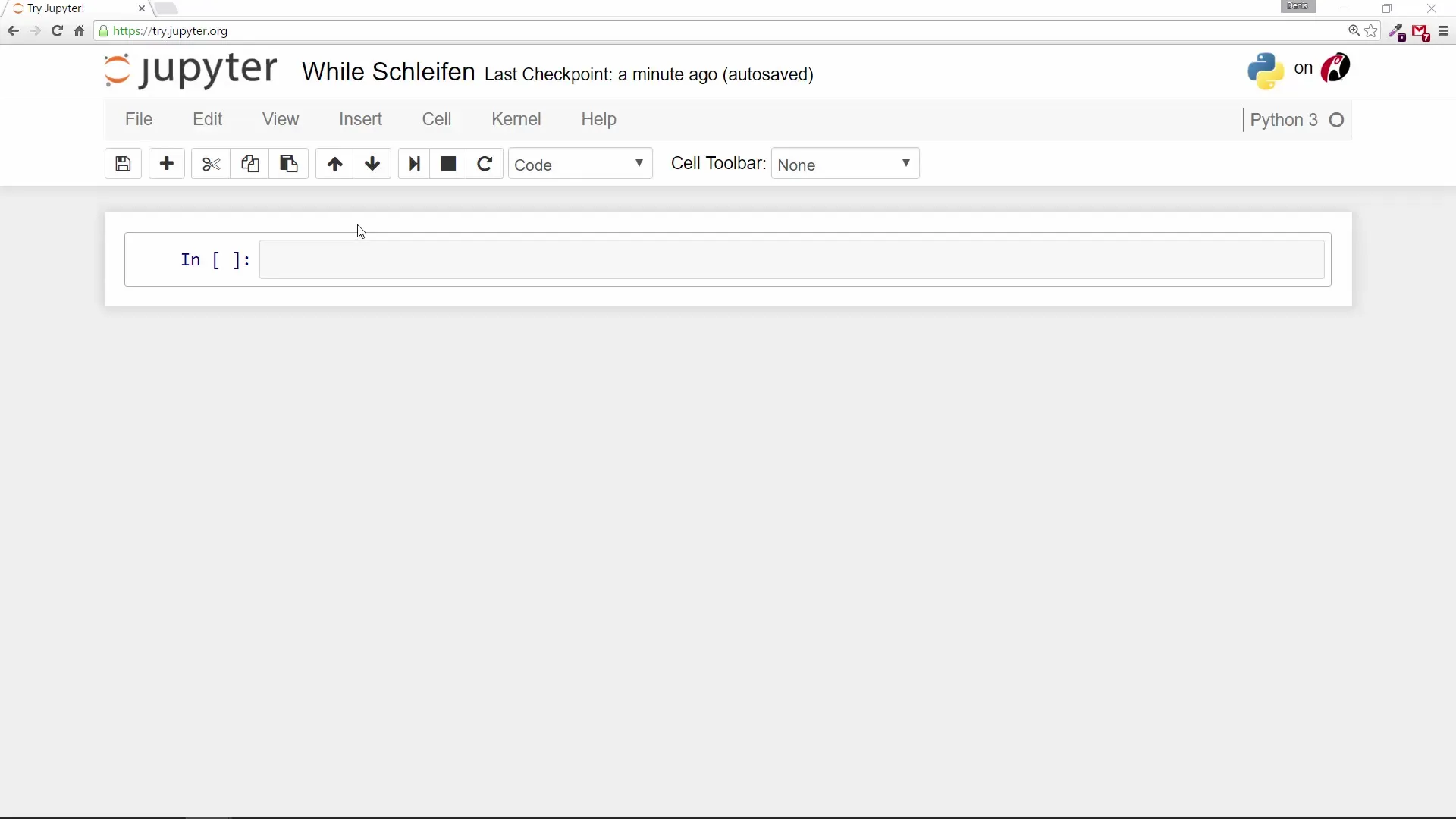
First, you define a condition that will be checked. If the condition is True, the code block within the loop is executed. After each iteration, the condition is checked again.
A Simple Example
Let's say you want to increase the value of a variable x as long as it is less than 4.
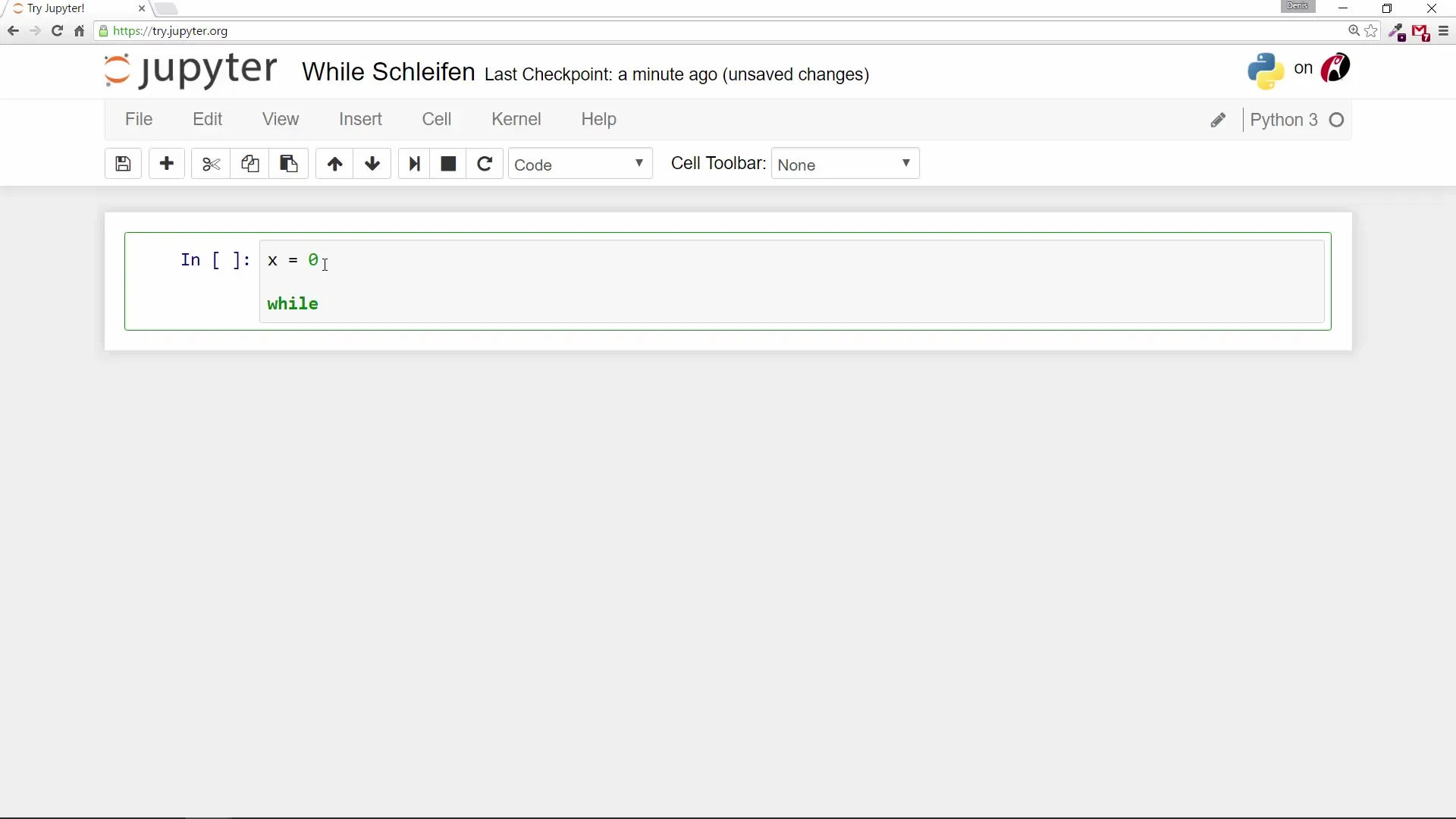
On each iteration, x is increased, and the current value of x is printed out. This continues until the condition is no longer true.
End of the Loop
It is important that the loop eventually stops and the condition becomes False. Otherwise, you create an infinite loop, which could crash your program. To avoid this, make sure that the variable you are checking is actually changed, so that the condition does not always remain True.
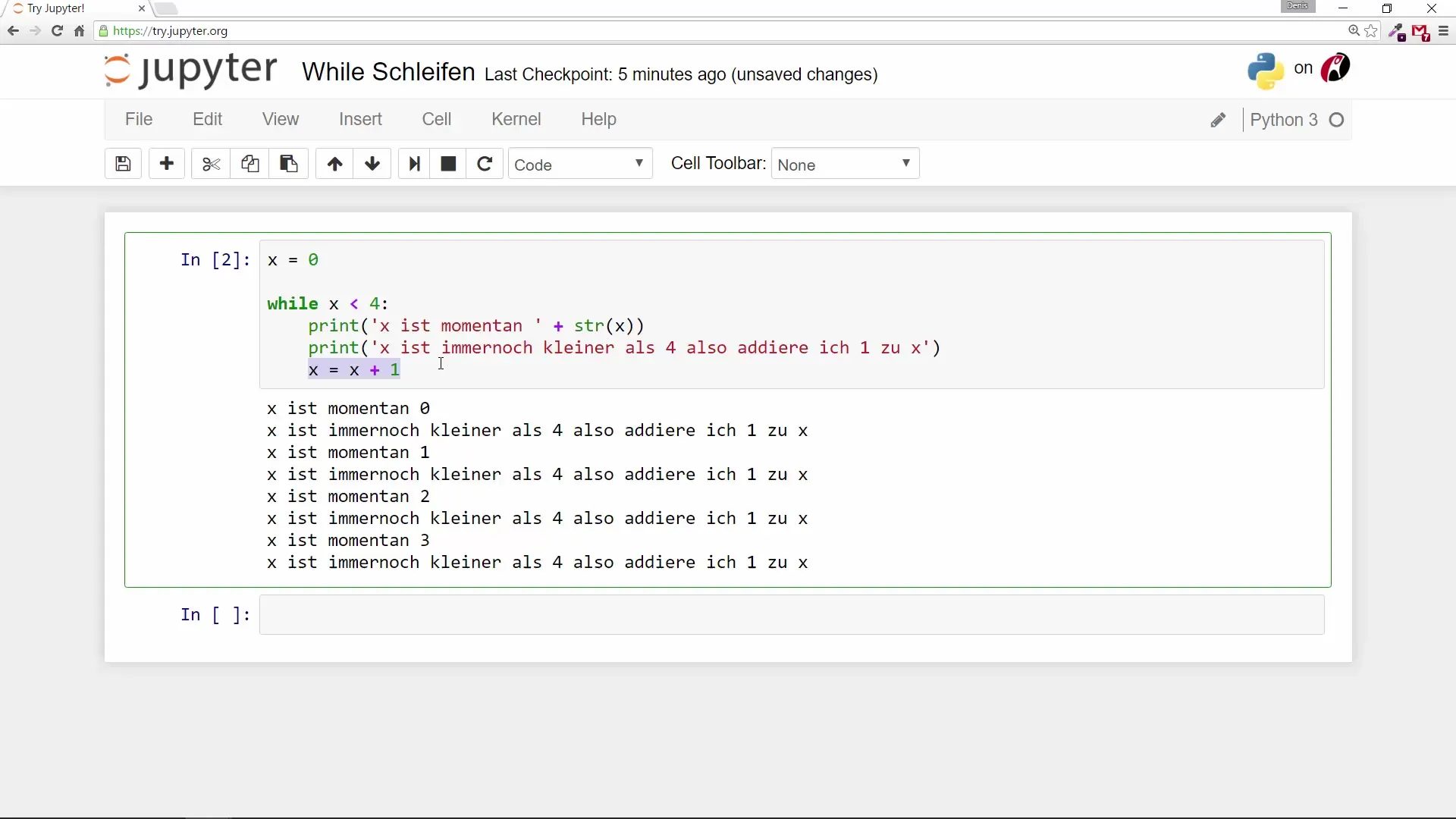
Else Block in While Loops
Another useful aspect of while loops is the use of an else block. This block is executed when the loop ends and the condition is no longer met.
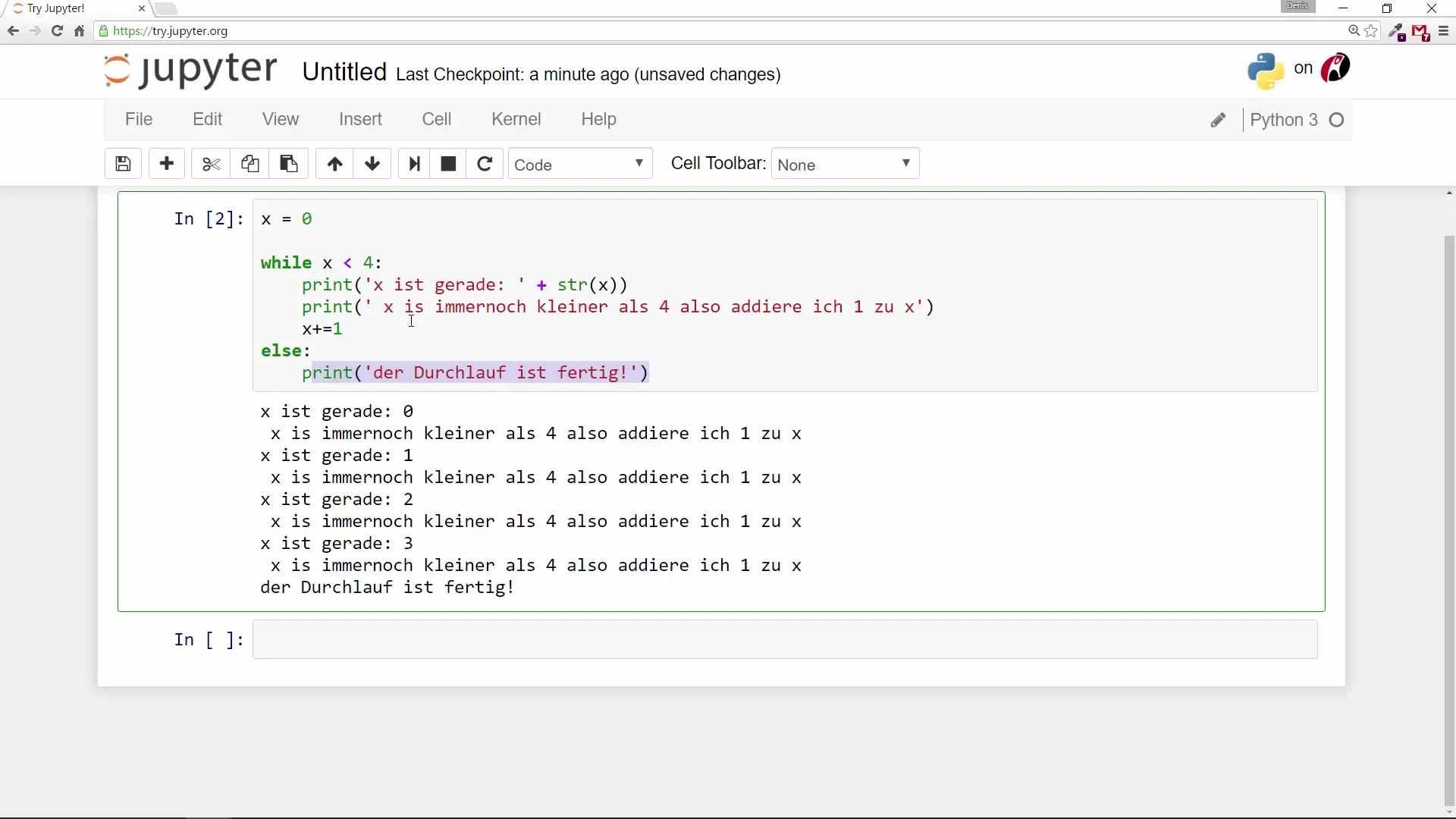
If you run the above code, the message "The iteration is complete." will be printed at the end of the loop.
Controlling Loops with Break and Continue
In more complex programs, it may be necessary to further control the behavior of while loops. This is where the commands break, continue, and pass come into play.
Break
With the break command, you can manually terminate a loop. If a certain condition is met, you can exit the loop prematurely.
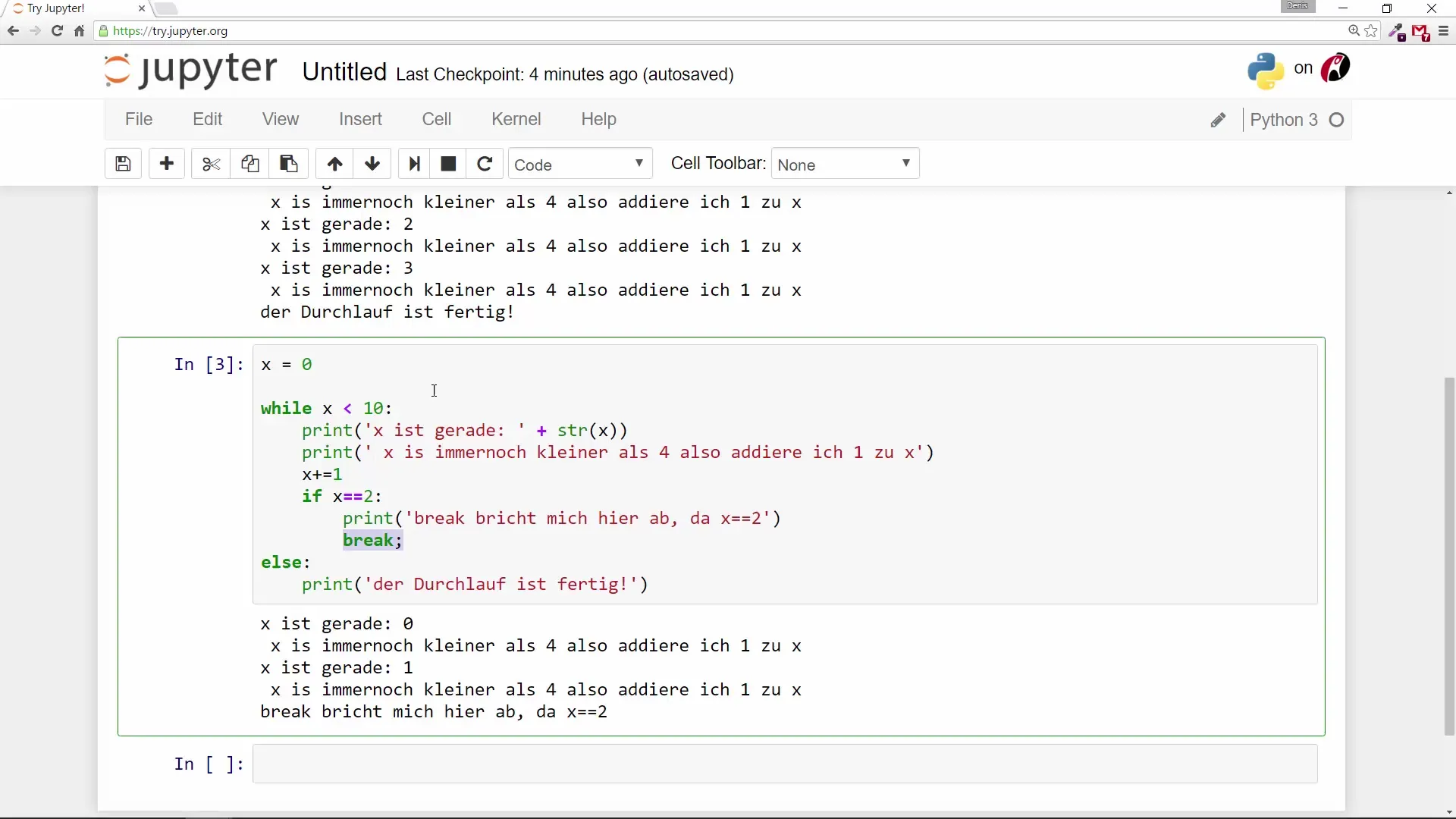
In this example, the loop is terminated as soon as x reaches the value of 2, so only x = 0 and x = 1 will be printed.
Continue
On the other hand, the continue command skips the current iteration and jumps directly to the next one.
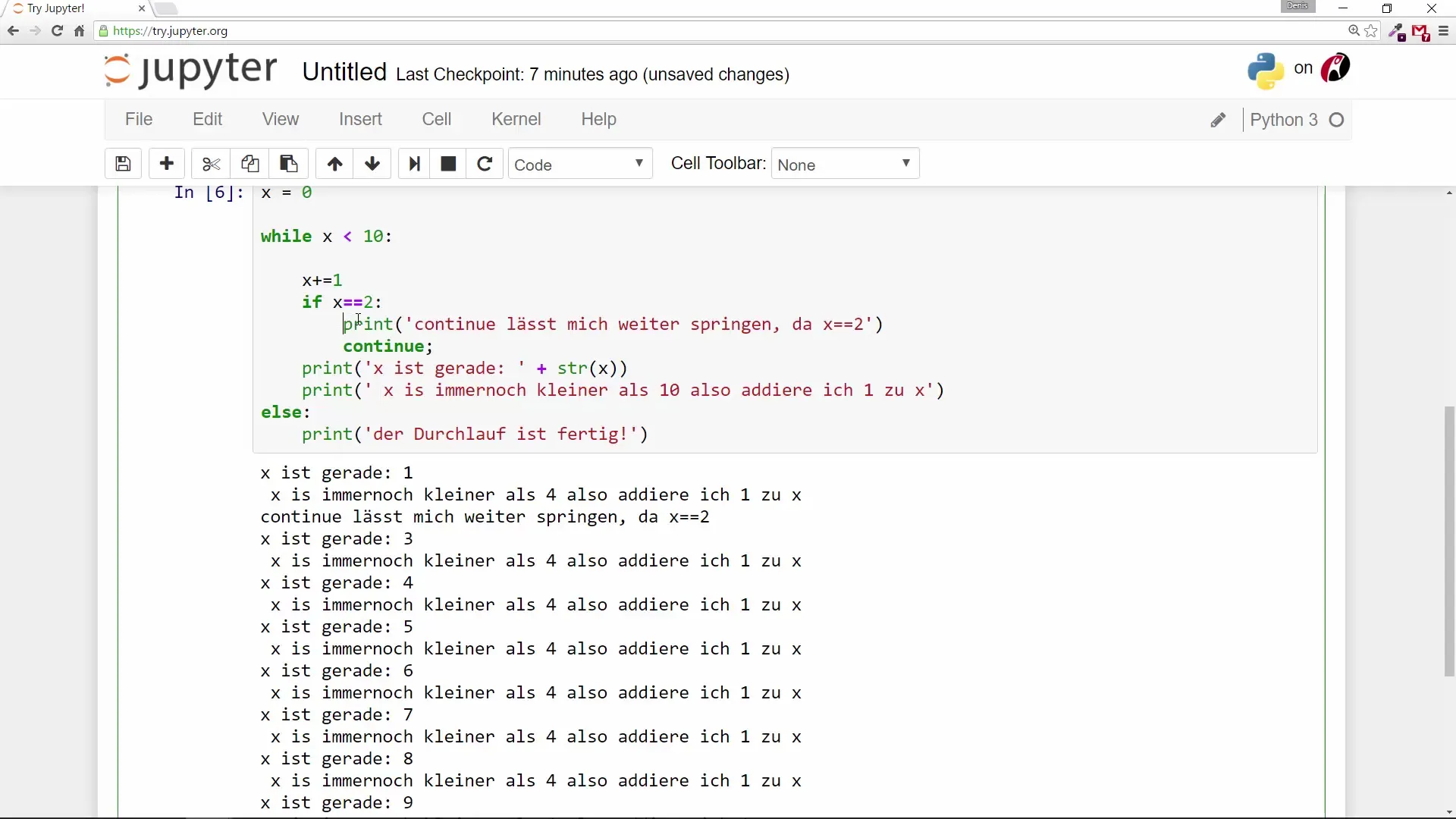
In this case, x = 2 will not be printed because the execution jumps to the next iteration as soon as the value of x reaches 2.
Pass
The pass command is used to keep a block statement empty without executing anything. It is useful when you need a placeholder and are not yet sure what should be executed there.
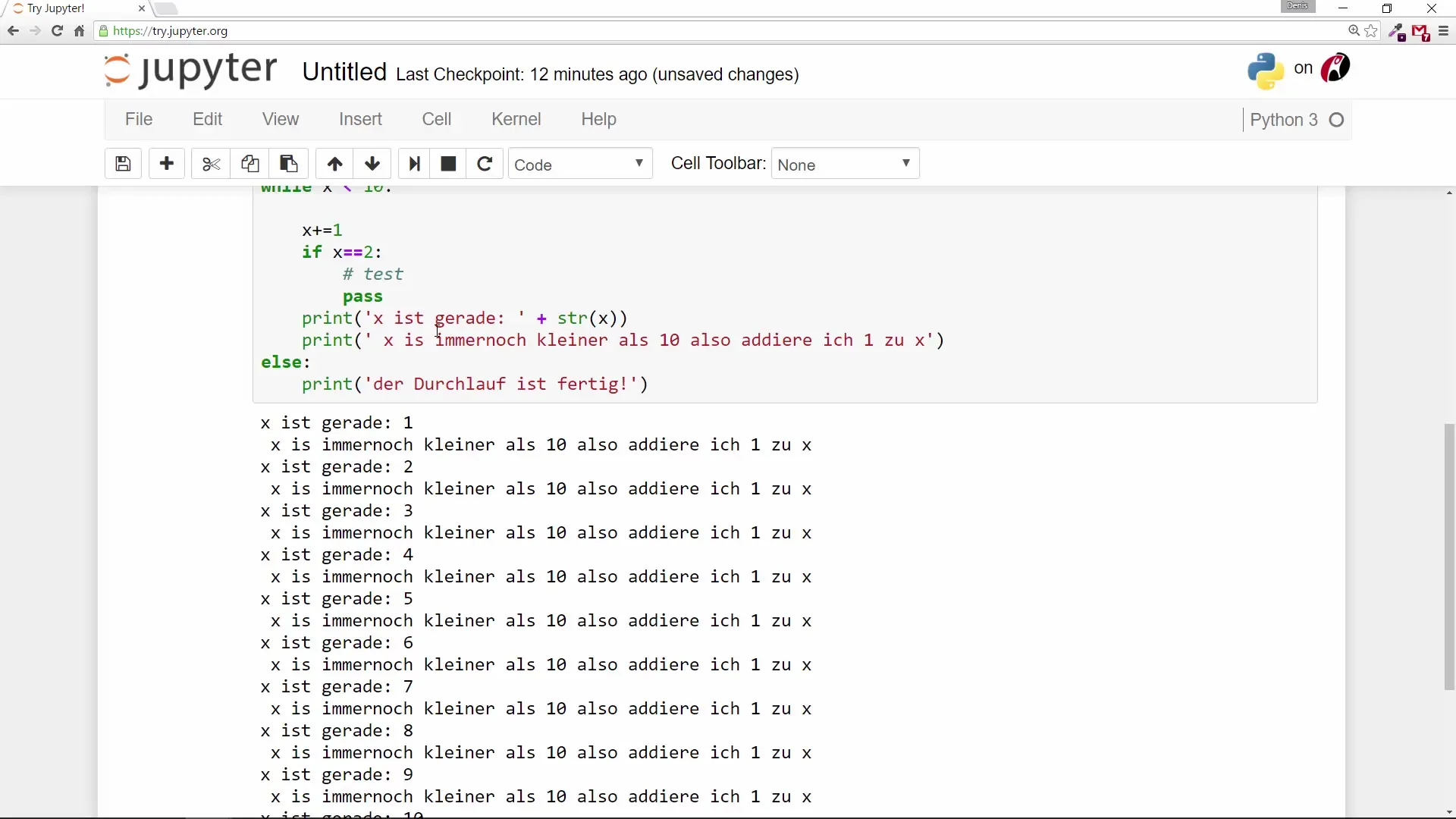
In this example, the while loop has a condition that does nothing for x = 2, but the code remains complication-free.
Summary – While Loops in Python: A Beginner's Guide
In this guide, you have learned the fundamentals of while loops in Python. You now know how to define a while loop, what its syntax is, and what functions such as break, continue, and pass are available for effective loop control. Remember to always ensure that your loop eventually stops to avoid infinite loops.
Frequently Asked Questions
How does a while loop work?A while loop repeats the execution of a code block as long as a specific condition is met.
What is the difference between break and continue?Break completely interrupts the loop, while continue skips the current iteration and jumps to the next one.
How do I avoid infinite loops in my code?Make sure the condition of the while loop eventually becomes false by appropriately changing the variable being checked.
Does using pass harm my loop?No, pass is a placeholder and has no effect on the behavior of your loop. It simply serves to avoid syntax errors.
What happens if the condition of a while loop is not met from the beginning?If the condition is not met during the first iteration, the code block of the loop will never be executed, but the else block may be executed if it has been defined.
